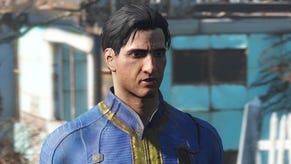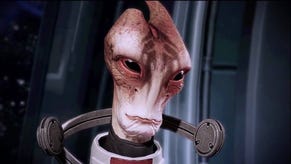Carmack examines Parhelia
New Matrox card "really disappointing"
The announcement of a new graphics card from the previously defunct Matrox raised excitement in certain quarters earlier this year, with the 256 bit DDR memory bus getting hardware geeks all hot under the collar. Let's face it, some people are strange like that. Unfortunately that impressive list of buzzwords and big numbers may not have translated into real world performance, with the influential and ever blunt John Carmack describing the card as "really disappointing" after putting it through its paces with his new Doom graphics engine. "I tried to set up a 'poster child' case that would stress the memory subsystem above and beyond any driver or triangle level inefficiencies, but I was unable to get it to ever approach the performance of a GeForce 4", JC reported in a rare moment of coherency. "The basic hardware support is good, with fragment flexibility better than GF4 (but not as good as ATI 8500), but it just doesn't keep up in raw performance." And there's more bad news for Matrox, as "none of the [card's] special features will be really useful for Doom", a prognosis which is sure to send thousands of hardcore gamers running back into the safe embrace of ATI and NVIDIA. "The 10 bit color framebuffer is nice, but Doom needs more than 2 bits of destination alpha when a card only has four texture units, so we can't use it. Anti aliasing features are nice, but it isn't all that fast in minimum feature mode, so nobody is going to be turning on AA. The same goes for 'surround gaming' [which allows you to play games on three monitors]. While the framerate wouldn't be 1/3 the base, it would still probably be cut in half." Ouch.







